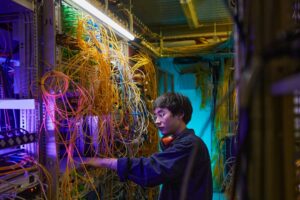Canon has improved the already impressive Canon EOS R5 with the new Canon EOS R5 II, which looks very similar to its predecessor, with the knobs and dials remaining in the same positions that help with familiarity.
Whether you are a veteran Canon user or relatively new to the interface, you should be able to quickly get up to speed with the new mirrorless camera without a steep learning curve.
It has a new Back Side Illuminated (BSI) Stacked CMOS sensor that churns out 45-megapixel images and can be exposed with an electronic shutter of up to 30 seconds, up from the previous maximum shutter speed of 0.5 seconds.
The electronic shutter can now open for a maximum of 30 seconds, which means a user does not need to switch from the electronic to mechanical shutter in the middle of a shoot.
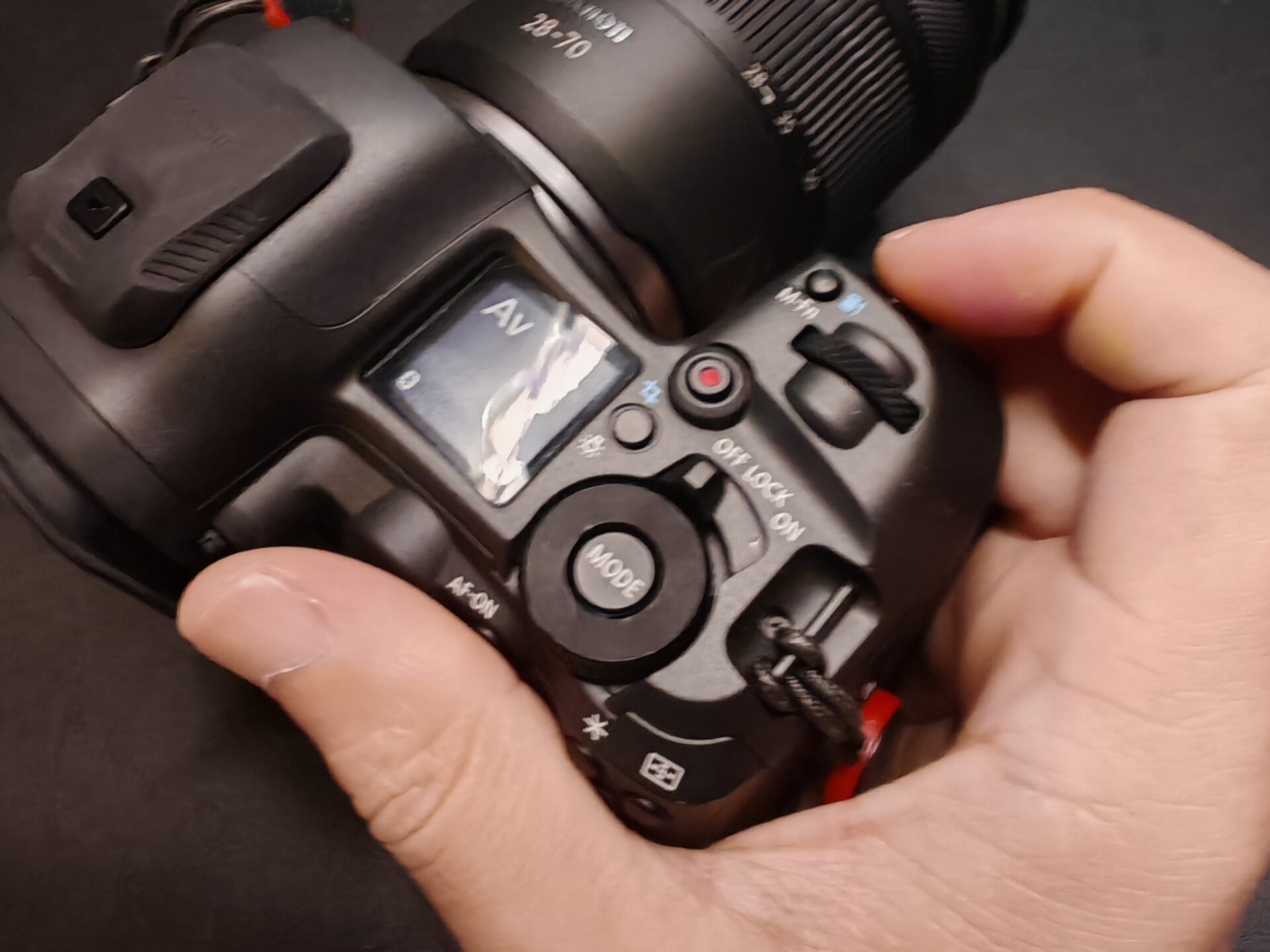
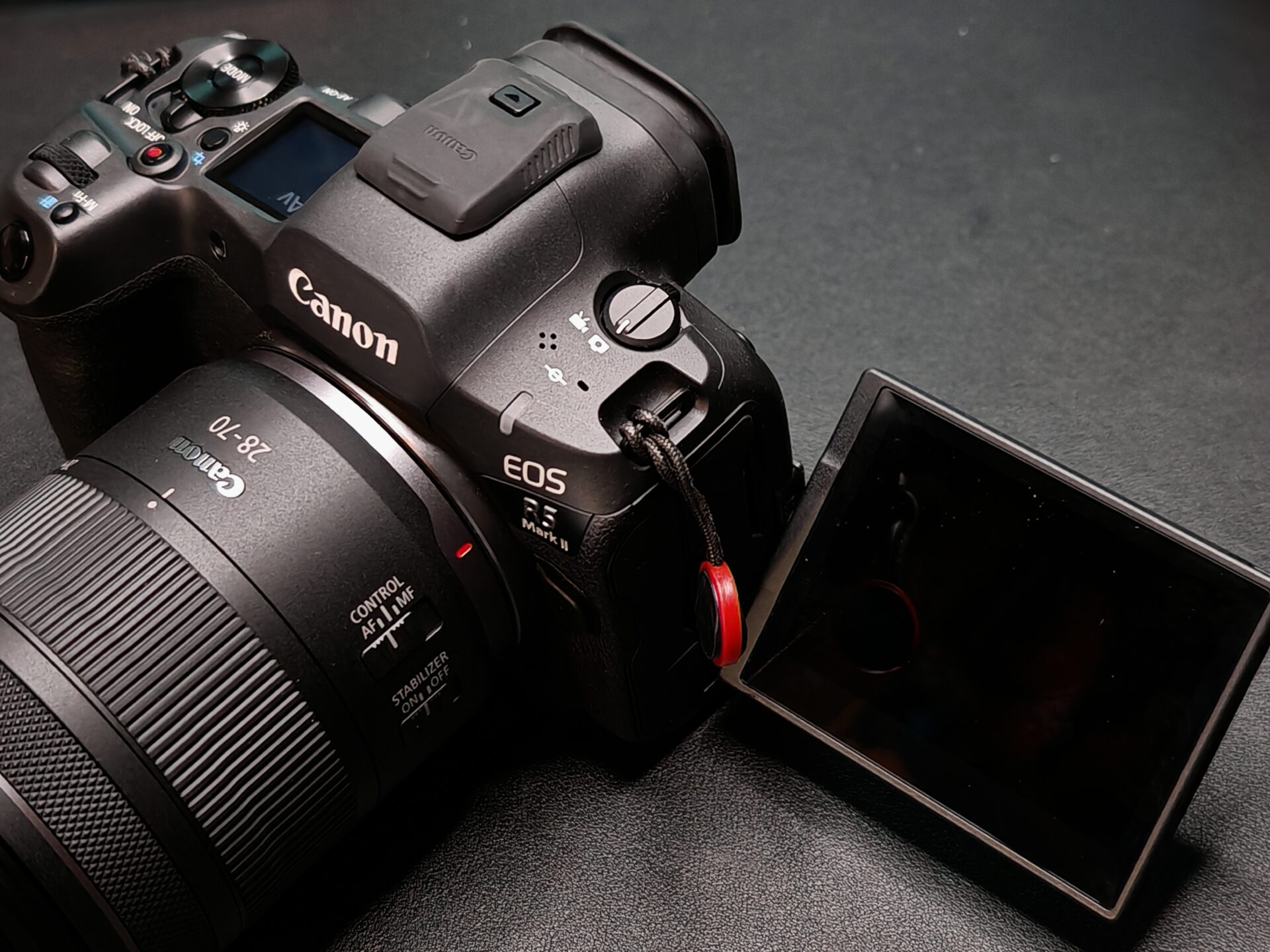
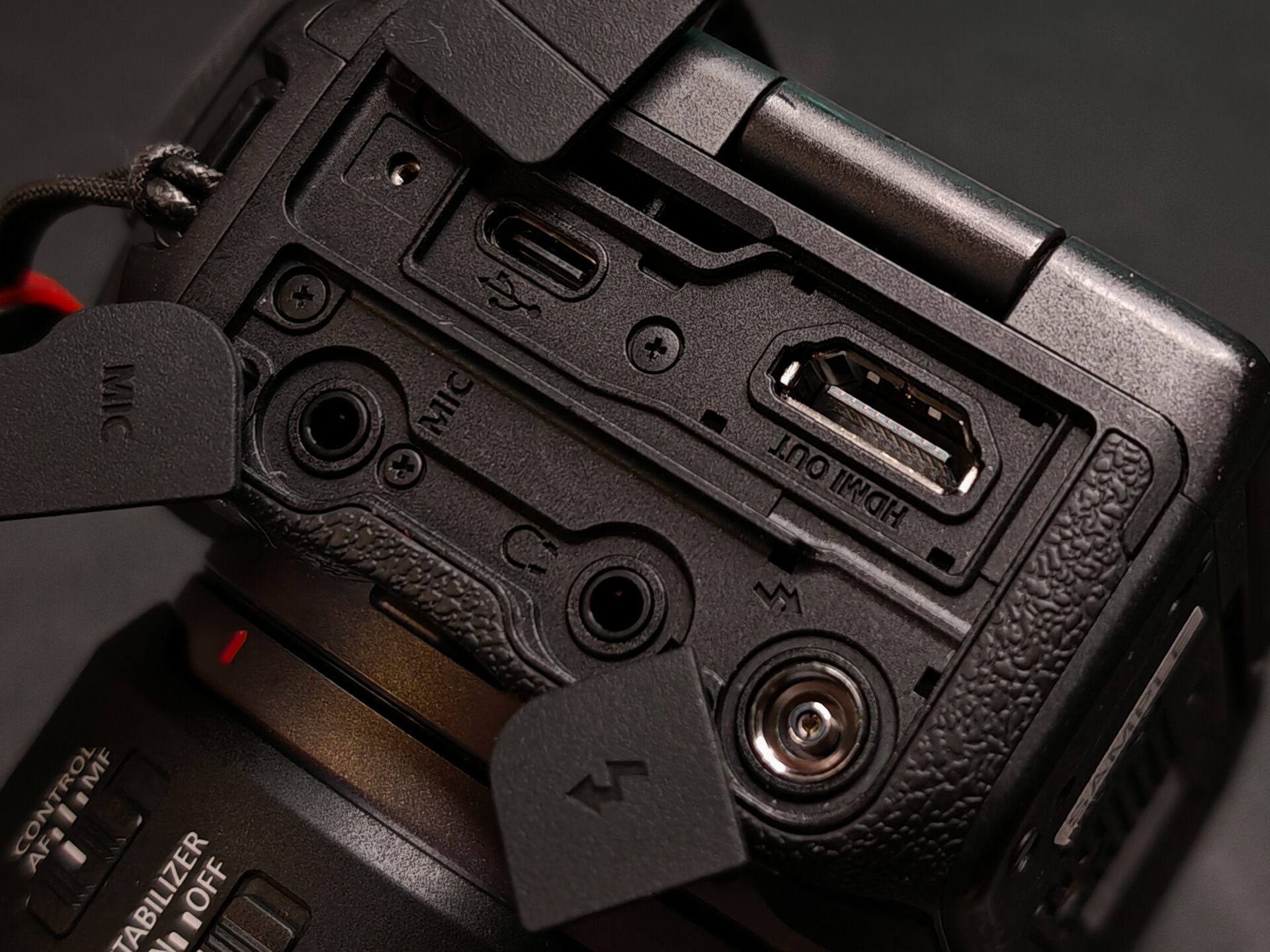
The new electronic shutter also increases the number of frames you can capture in an action sequence to 30 frames per second.
Notably, when running on continuous shutter mode, you can save 200 JPEG files or 93 RAW files, up from the previous 170 JPEG files and 83 RAW files.
All these upgrades give you a better chance of nailing that precise moment in action, such as an eagle snatching its prey or a basketballer blocking a shot.
Besides saving images in JPEG, the new camera saves images in HEIF, a high-efficiency image format that holds more data than JPEG files yet has a smaller file size than the typical RAW file.
To store images, the Canon camera has a single UHS-II SD card slot and a single CFexpress Type B Card slot. This ensures that photos and videos can be backed up during an important shoot.
The video capabilities have improved with better thermal management over the previous model, with no recording time limit. This makes capturing long videos easier with the Canon EOS R5 II, thanks to the internal fan running to keep things cool.
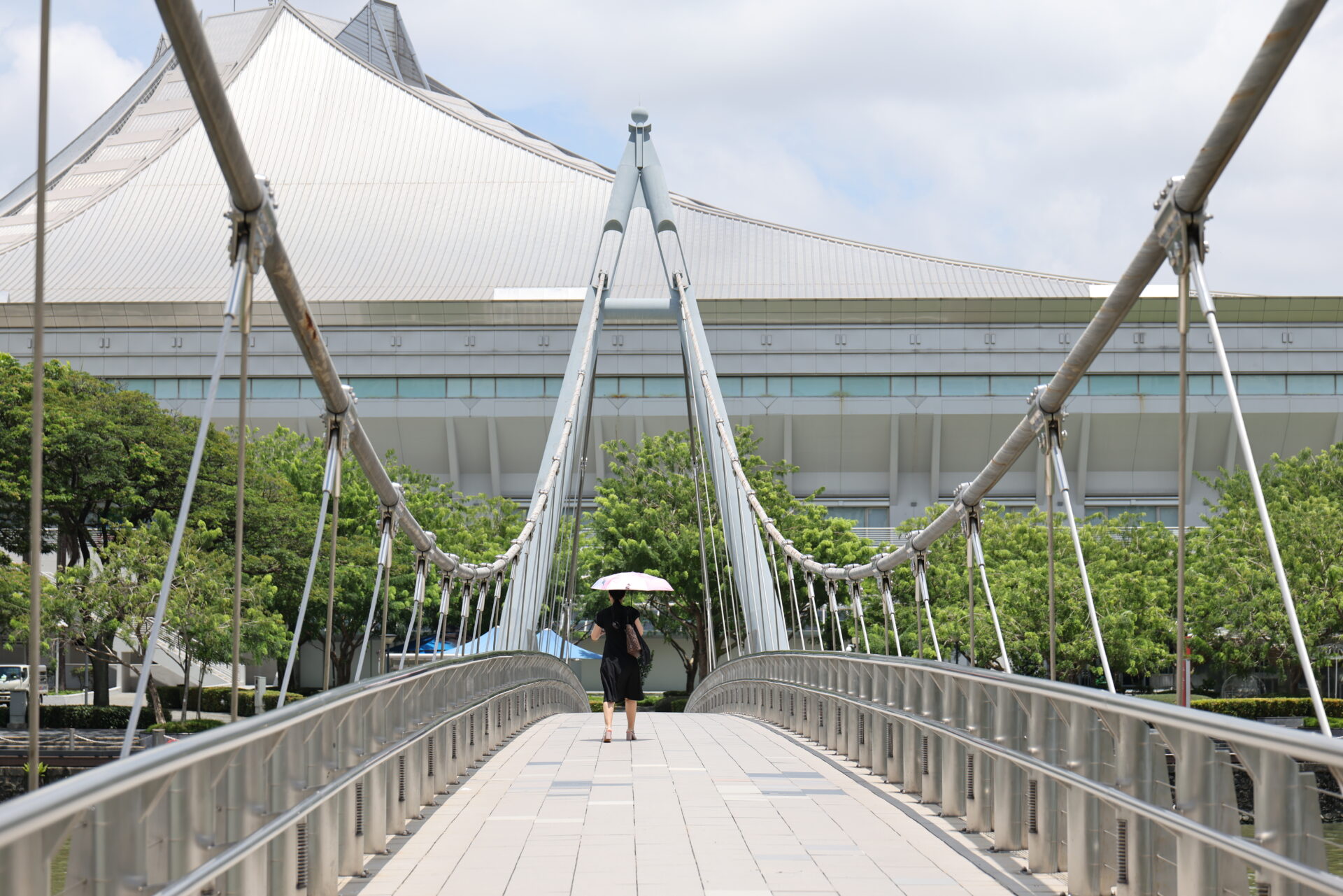
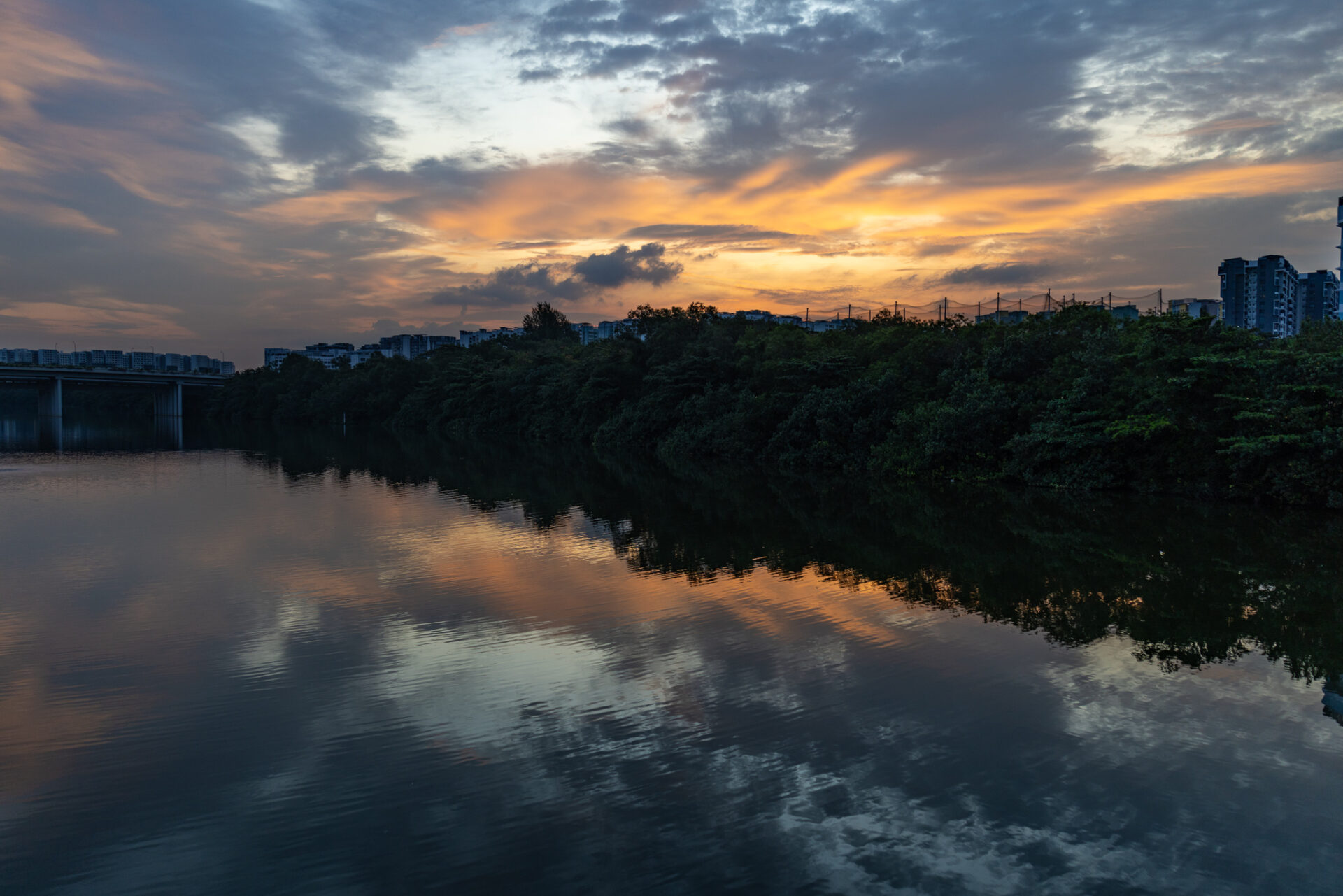
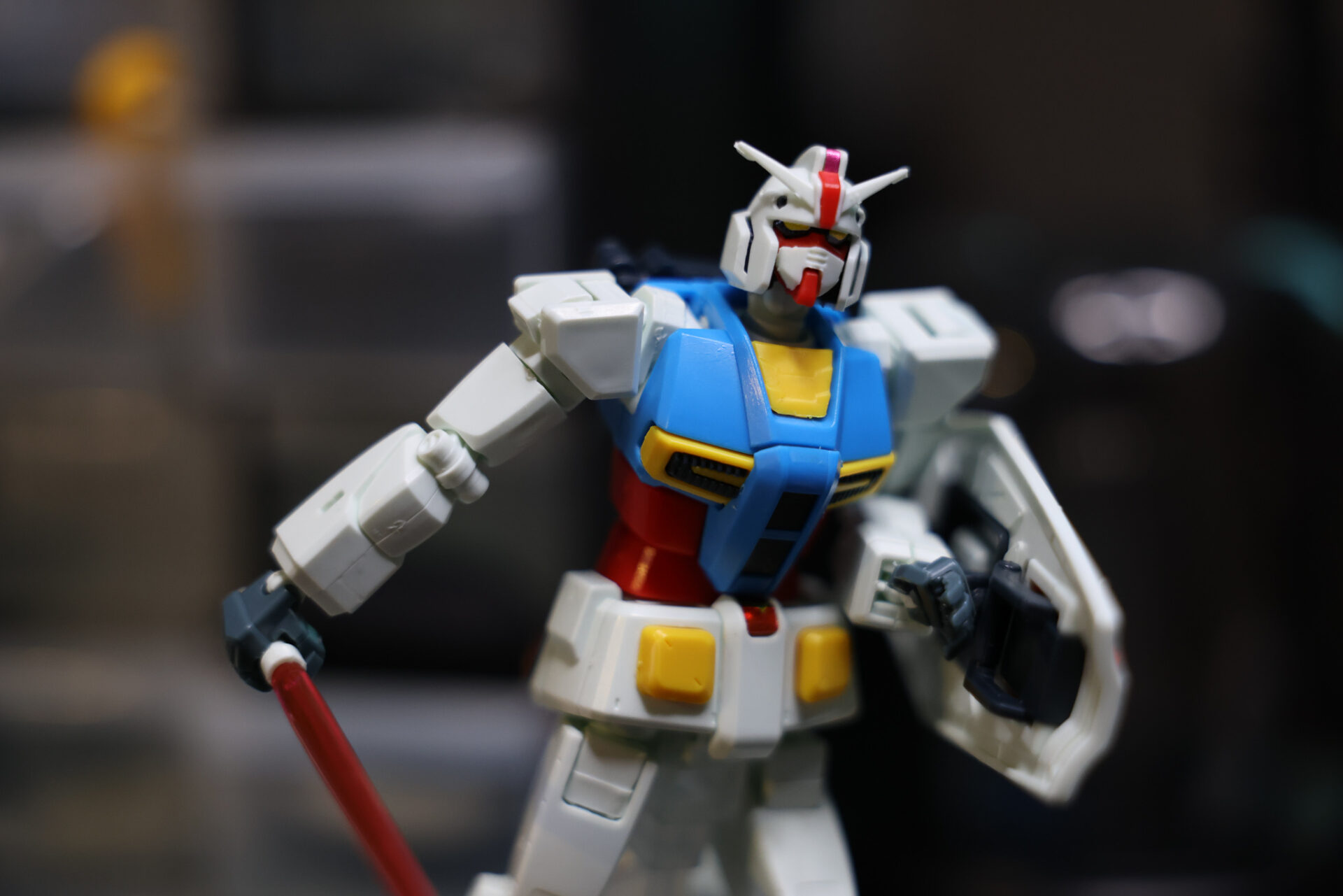
Another welcome change is using a full-sized HDMI port rather than the flimsier Micro-HDMI port. This is helpful, because a larger HDMI cable is not easily pulled out or broken when you’re running and gunning with the camera.
As expected, the Canon EOS R5 II works like a dream, allowing me to change my settings on the fly. I could even reconfigure certain buttons, dials and switches to work like my Panasonic Lumix S5 mirrorless camera or Nikon DSLR.
Although the Eye Control auto-focus in the viewfinder is not a new feature, it makes it easier for me to pick the subjects in the frame and achieve focus quickly.
I just have to look at the subject in the frame and the camera can track and focus on it. The ability to pick up the subject’s eyes speedily, for both humans and animals, also helps to get focus without much hassle.
While the Canon EOS R5 II is a capable camera, some of the features certainly take a toll on battery power. A fully charged battery could only last me 400 shots during a recent event I was shooting at, and I found myself having to charge the battery during lunch break. Just be sure to buy a few more batteries to last a full day.
In Singapore, the Canon EOS R5 II is on sale from S$5,999 for the camera body alone, which is a S$700 premium over the older model. However, it is still a worthy upgrade if you are into wildlife, sports, and event photography, where speed is paramount.

